The Chittagong Hill Tracts (CHT) stands as Bangladesh’s most captivating mountainous region, offering an extraordinary blend of natural beauty, rich indigenous culture, and thrilling adventures. Nestled in the southeastern corner of the country, this remarkable destination beckons travelers seeking authentic experiences beyond the conventional tourist trail.
A Land of Rolling Hills and Pristine Beauty
The Chittagong Hill Tracts encompasses three districts – Rangamati, Bandarban, and Khagrachari – each offering unique landscapes and cultural experiences. This region represents Bangladesh’s only significant hill system, with elevations reaching up to 1,052 meters at Keokradong peak in Bandarban. The undulating terrain creates a mesmerizing tapestry of emerald hills, crystal-clear lakes, and dense tropical forests that seem to stretch endlessly toward the horizon.
Kaptai Lake, the largest artificial lake in Bangladesh, serves as the crown jewel of Rangamati district. Created in the 1960s for hydroelectric power generation, this expansive water body now offers spectacular boat rides through submerged hilltops and floating islands. The lake’s serene waters reflect the surrounding hills, creating picture-perfect moments that capture the essence of CHT’s natural splendor.
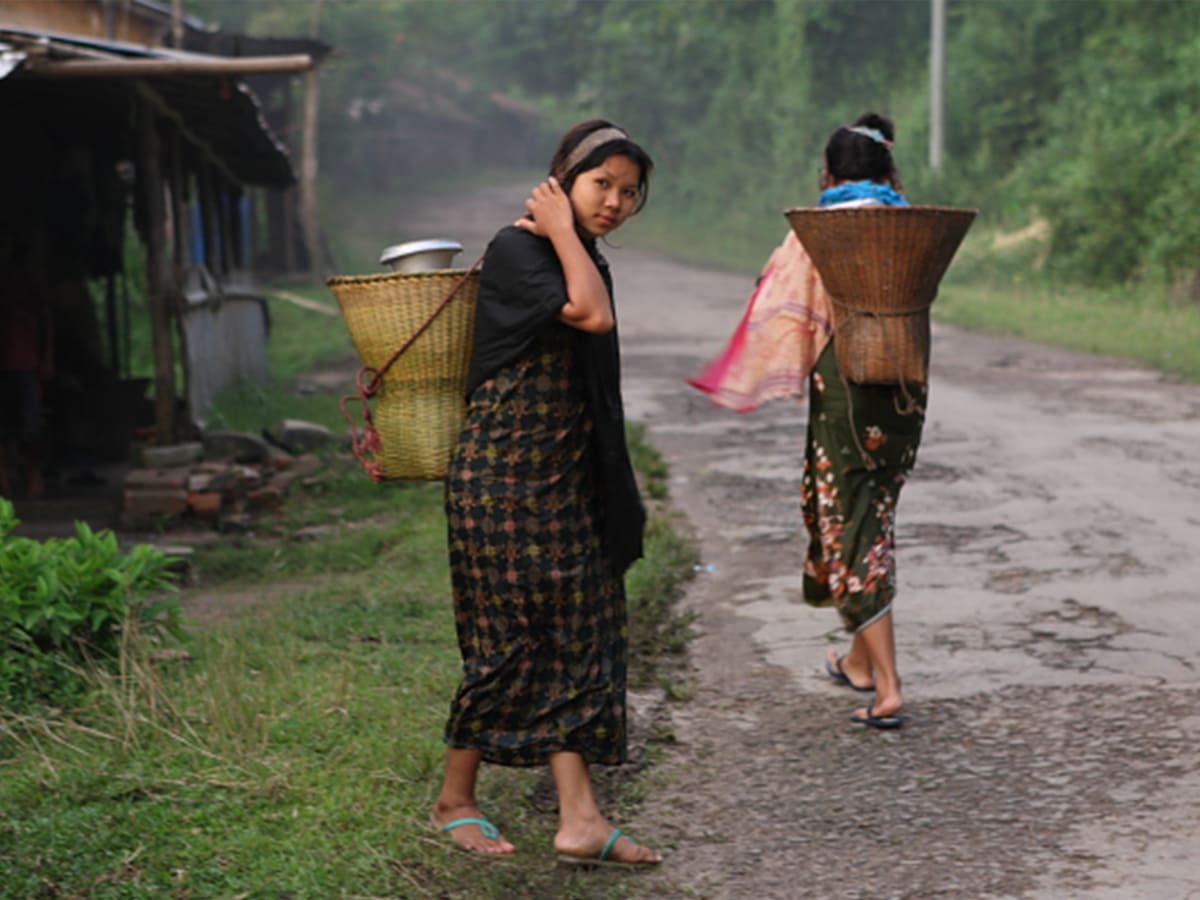
Rich Indigenous Heritage and Cultural Diversity
The Chittagong Hill Tracts is home to eleven distinct indigenous communities, including the Chakma, Marma, Tripura, Tanchangya, and others. Each group maintains its unique traditions, languages, and cultural practices, creating a vibrant mosaic of human heritage. Visitors can witness traditional weaving techniques, participate in colorful festivals, and experience the warm hospitality that defines hill community life.
The Chakma community, being the largest indigenous group, offers fascinating insights into their Buddhist traditions and architectural styles. Their traditional houses, built on stilts with bamboo and wood, demonstrate sustainable living practices that have evolved over centuries. Meanwhile, the Marma people showcase their distinctive culture through traditional dances, music, and the famous Marma textiles known for intricate patterns and vibrant colors.
Adventure Activities for Thrill Seekers
Adventure enthusiasts find endless opportunities in the Chittagong Hill Tracts. Trekking remains the most popular activity, with trails ranging from gentle walks suitable for beginners to challenging multi-day expeditions for experienced hikers. The trek to Keokradong, Bangladesh’s second-highest peak, offers breathtaking panoramic views and encounters with diverse flora and fauna.
Bandarban district particularly excels in adventure tourism, featuring numerous waterfalls, caves, and hiking trails. Nafakhum and Amiakhum waterfalls present spectacular cascades that thunder through rocky gorges, while Nilgiri Hills provide stunning sunrise and sunset viewpoints. Rock climbing, river rafting, and mountain biking add excitement for those seeking adrenaline-pumping experiences.
The region’s numerous caves, including Chimbuk Cave and various limestone formations, offer spelunking opportunities for underground exploration enthusiasts. These natural formations reveal geological wonders accumulated over millennia, featuring stalactites, stalagmites, and underground streams.
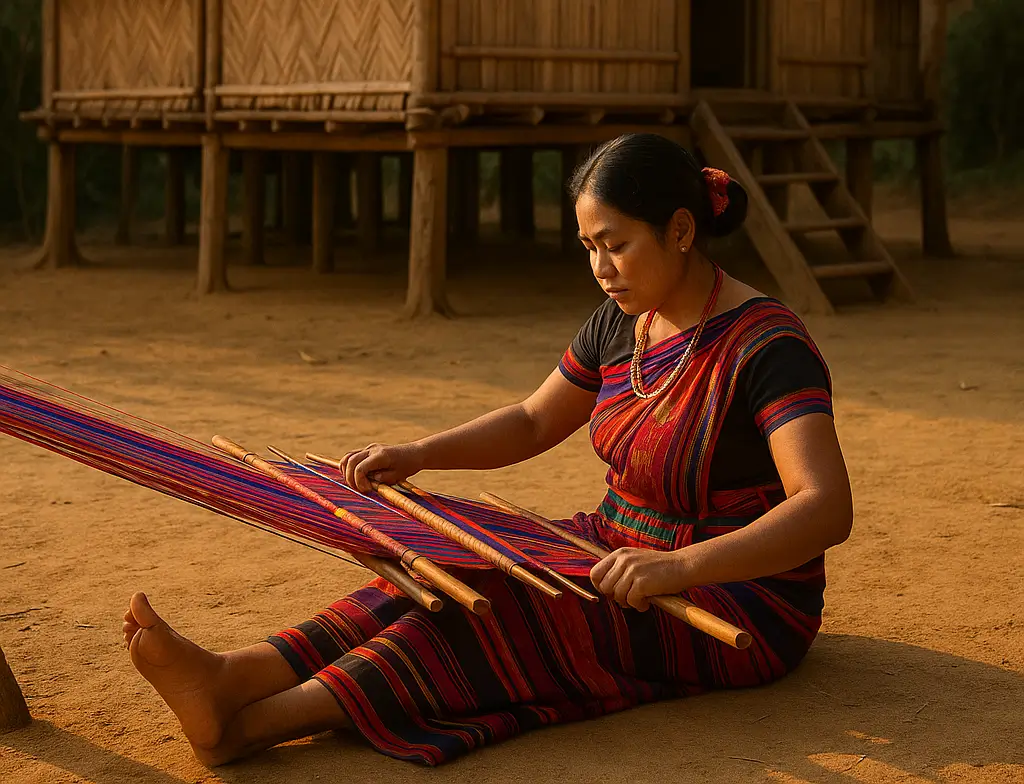
Scenic Viewpoints and Natural Wonders
The Chittagong Hill Tracts boasts countless scenic viewpoints that showcase nature’s artistry. Nilgiri Hills in Bandarban offers panoramic vistas of cloud-covered peaks, especially during early morning hours when mist dances between hilltops. Chimbuk Hill, another popular destination, provides spectacular sunset views that paint the sky in brilliant orange and pink hues.
Sajek Valley, often called the “Queen of Hills,” presents one of Bangladesh’s most photographed landscapes. The valley’s rolling hills covered in green carpets stretch as far as the eye can see, interrupted only by traditional indigenous villages and occasional cloud formations that drift lazily across the terrain.
Sangu River adds another dimension to the region’s beauty, meandering through valleys and creating opportunities for river activities. The river’s crystal-clear waters reflect surrounding vegetation, creating mirror-like surfaces that double the visual impact of the landscape.
Biodiversity and Ecological Significance
The Chittagong Hill Tracts harbors exceptional biodiversity, hosting numerous endemic species and serving as a crucial ecological corridor. The region’s forests support Asian elephants, leopards, various deer species, and over 300 bird species. Butterfly enthusiasts discover remarkable diversity, with many species found nowhere else in Bangladesh.
The area’s ecological importance extends beyond wildlife conservation. The hills act as natural watersheds, feeding numerous rivers and streams that support agriculture and communities downstream. Forest conservation efforts in CHT directly impact Bangladesh’s environmental stability and climate regulation.
Planning Your CHT Adventure
The best time to visit the Chittagong Hill Tracts spans from October to March when weather conditions remain pleasant and rainfall is minimal. During these months, clear skies enhance scenic views, and outdoor activities become more enjoyable. However, each season offers unique experiences – monsoon periods showcase lush green landscapes and powerful waterfalls, while winter months provide excellent trekking conditions.
Accommodation options range from government rest houses and eco-resorts to indigenous community homestays that offer authentic cultural immersion. Local guides enhance the experience by sharing traditional knowledge, ensuring safety during treks, and facilitating meaningful interactions with indigenous communities.
The Chittagong Hill Tracts represents more than just a tourist destination – it’s a journey into Bangladesh’s natural heart and cultural soul. Whether seeking adventure, cultural enrichment, or simply peaceful communion with nature, CHT delivers experiences that create lasting memories and deeper appreciation for our planet’s incredible diversity.
Frequently Asked Questions (FAQs)
What is the best time to visit Chittagong Hill Tracts?
The ideal time to visit CHT is from October to March when the weather is pleasant with minimal rainfall. This period offers clear skies for scenic views and comfortable conditions for trekking and outdoor activities.
Do I need special permits to visit the Chittagong Hill Tracts?
Yes, foreign tourists require special permits to visit CHT. Bangladeshi citizens can visit freely, but foreigners must obtain permits from the Deputy Commissioner’s office or through registered tour operators like Tours N Trips BD.
What are the main attractions in each district of CHT?
Rangamati features Kaptai Lake and tribal cultural centers, Bandarban offers Keokradong peak, Nilgiri Hills, and numerous waterfalls, while Khagrachari showcases Alutila Cave and scenic hill stations.
Is it safe to trek alone in the Chittagong Hill Tracts?
While CHT is generally safe, it’s recommended to trek with experienced local guides for safety and cultural insights. Solo trekking in remote areas should be avoided, especially for inexperienced hikers.
What cultural experiences can visitors expect in CHT?
Visitors can experience indigenous festivals, traditional weaving demonstrations, authentic tribal cuisine, traditional music and dance performances, and stay in community homestays to learn about local customs and traditions.


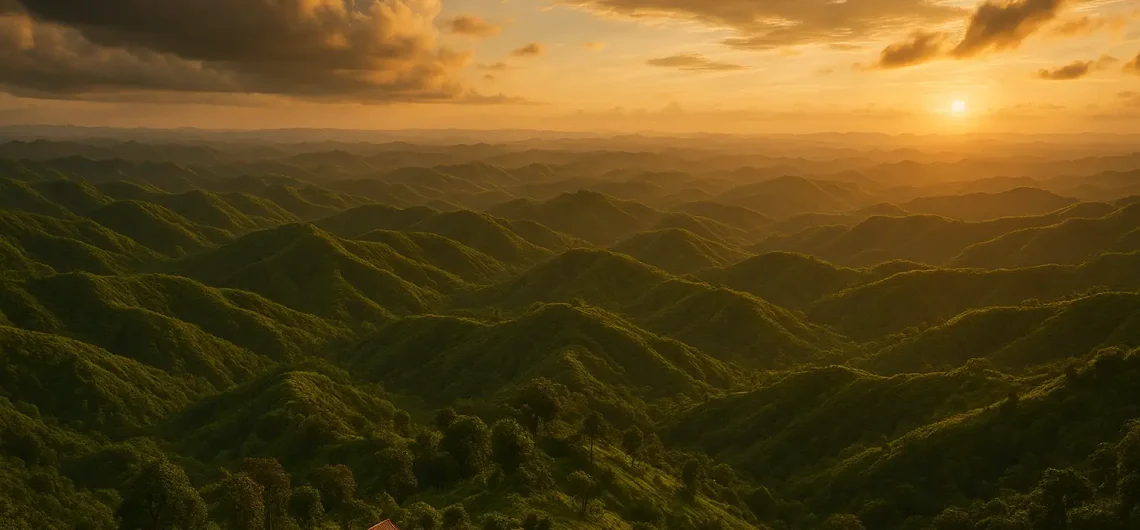
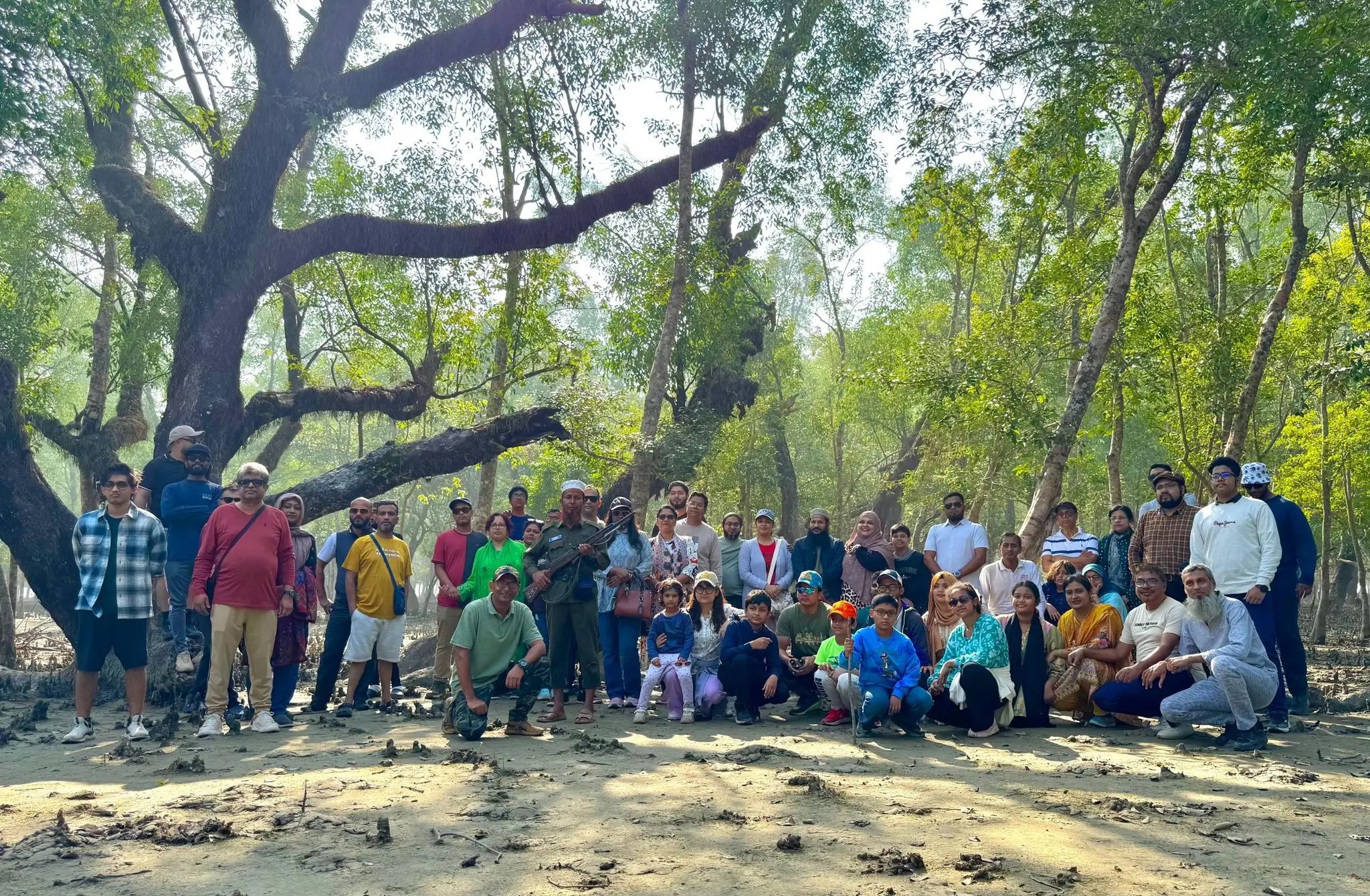
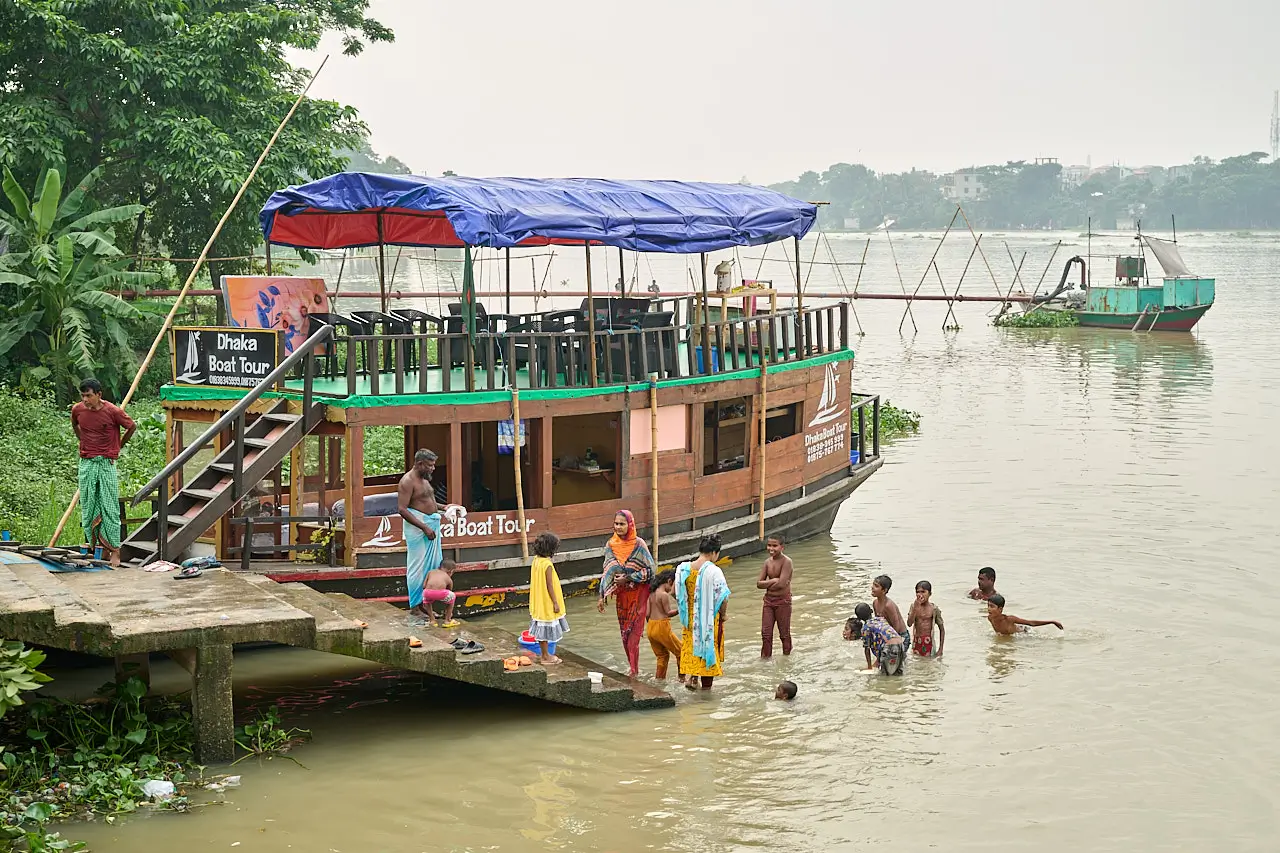
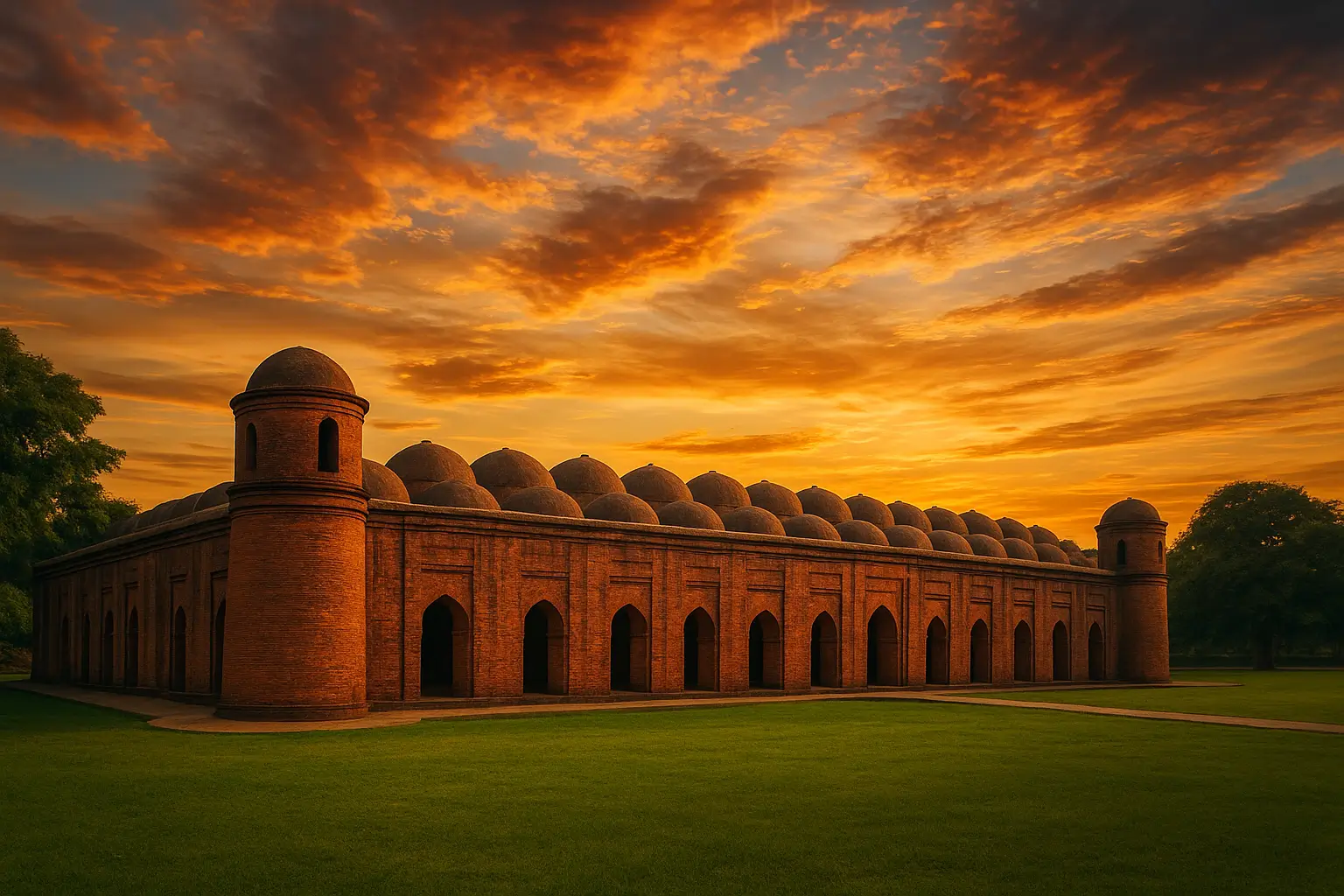
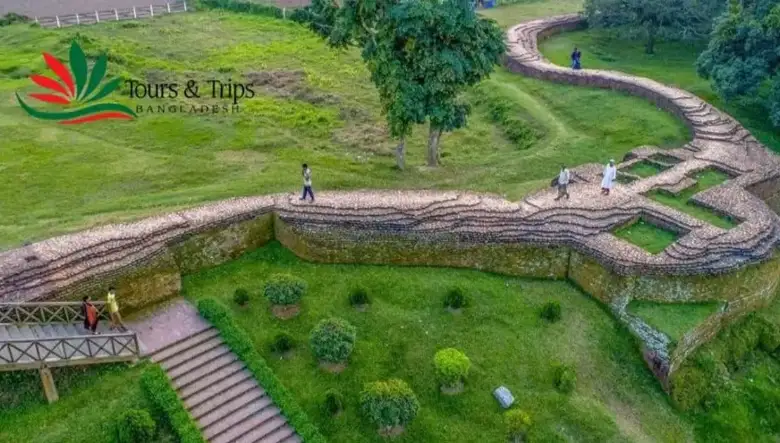
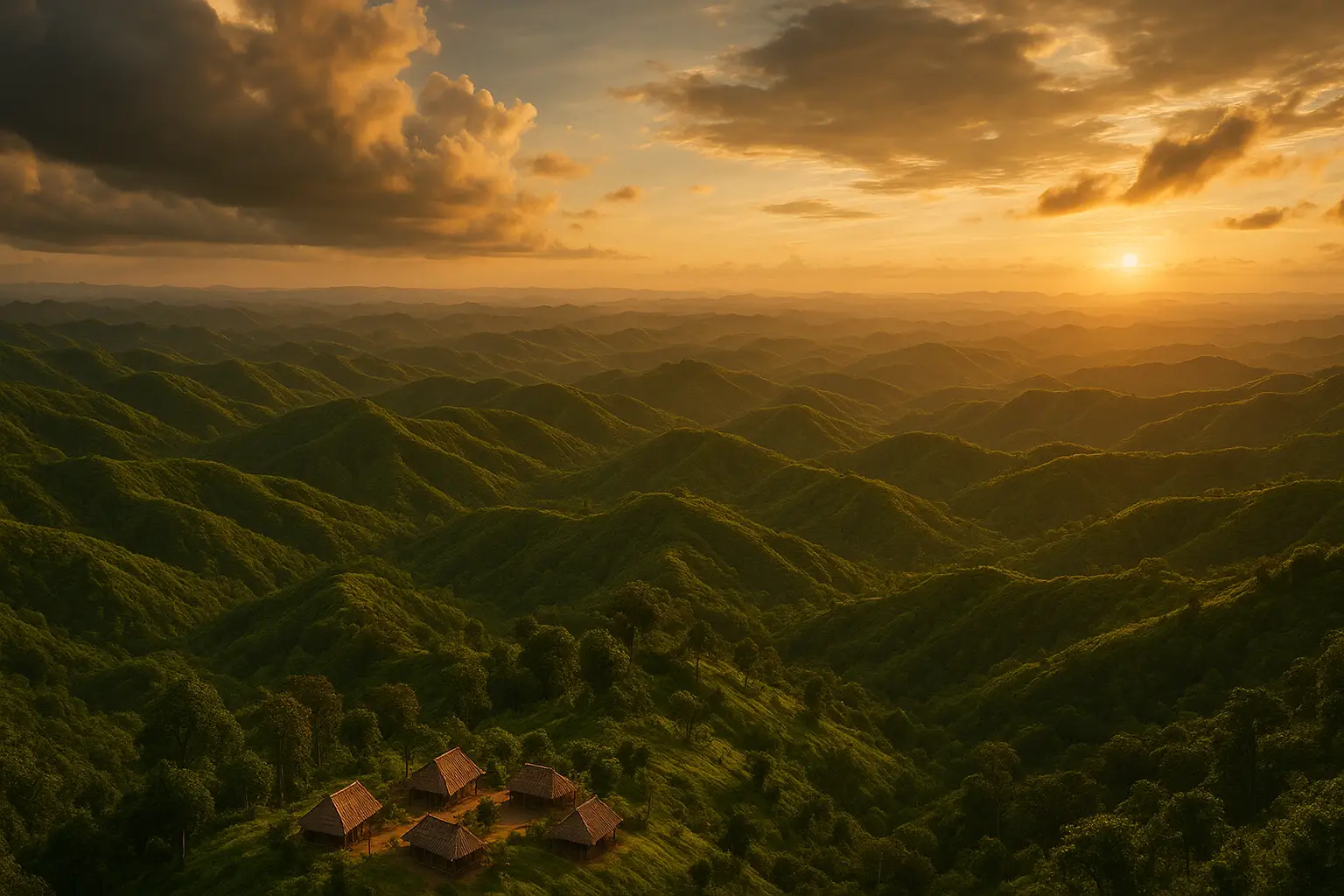



Comments